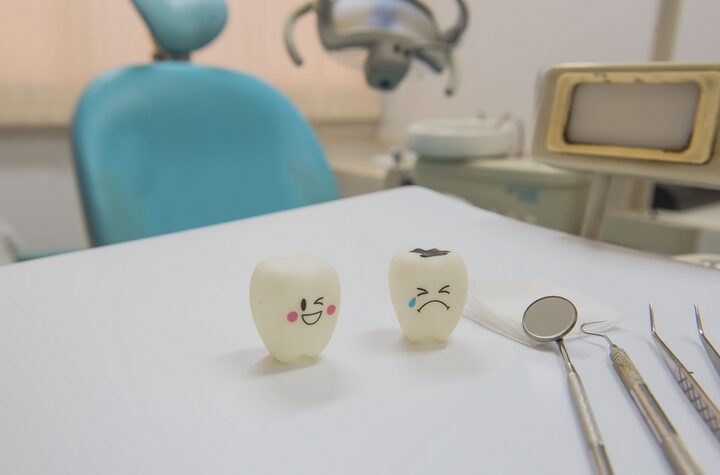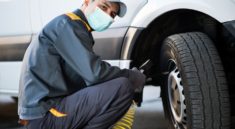To be a dentist, you must have great communication skills and a calming presence, especially when working under pressure. Of course, you also need superior manual dexterity and hand-eye coordination since you must perform extremely precise work in a small space.
To be able to perform this extremely precise work, a dentist needs to have access to a collection of dental tools. Dental supply companies provide them with the equipment they need. Although these tools can look scary to some patients, each of them is necessary to perform different dental procedures and treatments.
Here are 11 of the most important tools in a dental clinic and their purpose.
1. Dental examination mirror
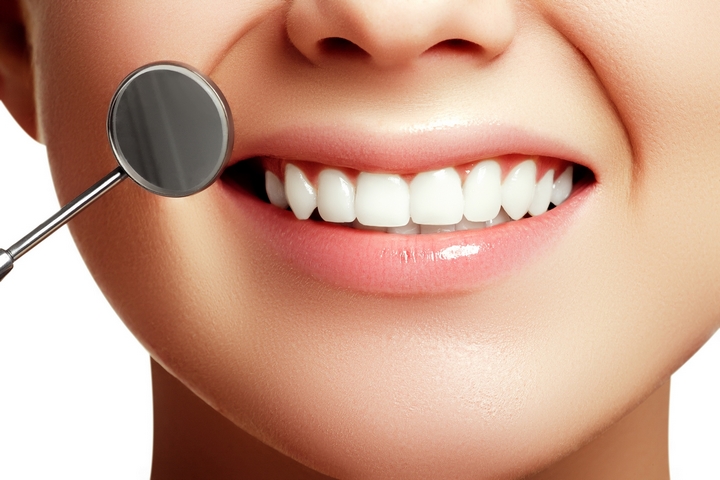
A dental examination mirror is a small mirror on a thin handle. A dentist uses it to explore a patient’s mouth and illuminate a particular area by reflecting on it.
A dental mirror also makes it easy for a dentist to gently move a patient’s tongue and cheeks to take a better look at their teeth.
2. Periodontal probe
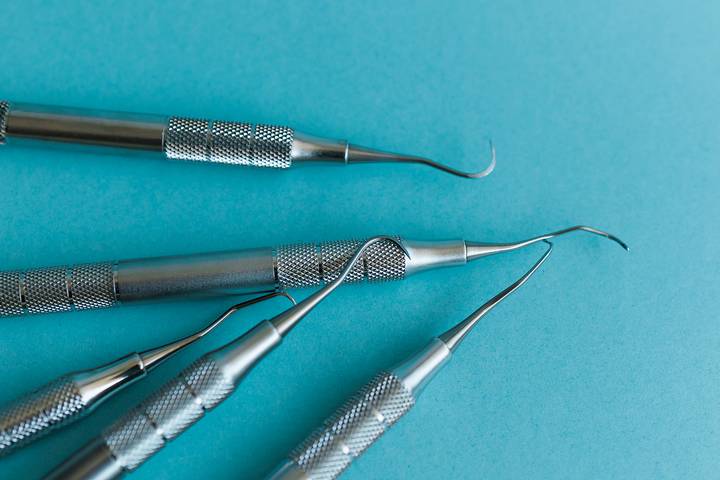
Probes are dental tools that can look a little scary because of their pointy metal tips. A dentist uses different types of probes for different purposes.
A periodontal probe is used to check the state of the periodontium, meaning the tissues that both support and surround teeth. This tool also checks for pockets in a patient’s gums.
3. Exploration probe
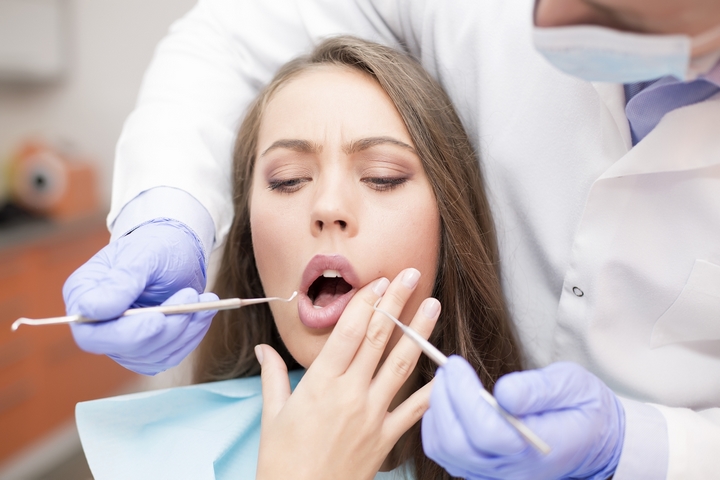
On the other hand, the stainless steel points of an exploration probe are designed to assess the state of teeth. They are also called dental explorers.
A dentist can use an exploration probe to check dental plaque, cavities, or fissures and ensure previous fillings are still in good condition.
4. Scalers
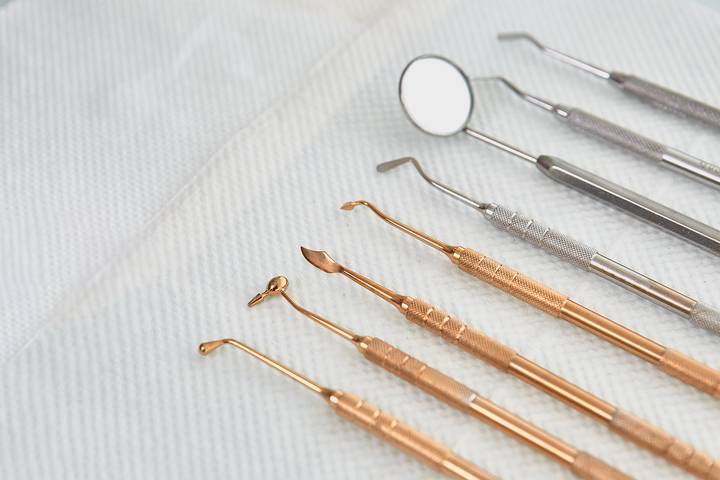
A scaler can look similar to an exploration probe to the untrained eye. However, it serves a different purpose.
The points of scalers are designed to scrape plaque from teeth. They can even reach plaque buildups trapped in tiny pockets between a patient’s teeth.
Scrapers are important dental tools since they help prevent periodontal disease and other oral issues.
5. Dental tweezers
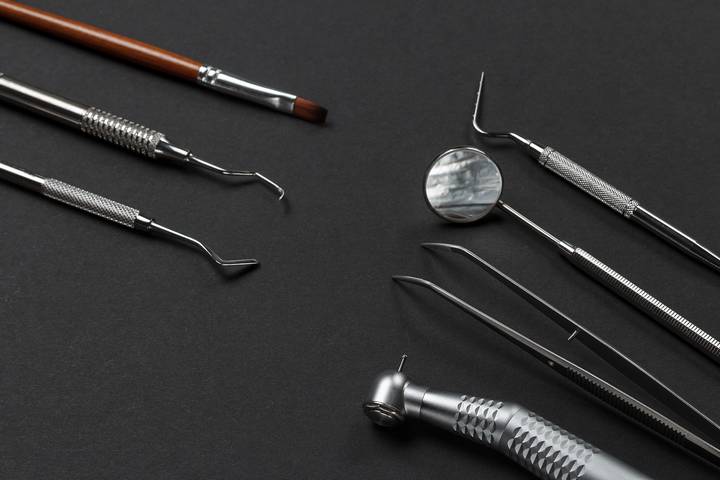
Dental tweezers are no ordinary tweezers. They have a very fine point; dentists can use them to perform surgical procedures such as suturing or ligaturing.
But tweezers can have other purposes. They can be used to separate mouth tissues, to hold them, or to get small objects in or out of a patient’s oral cavity.
6. Dental pliers
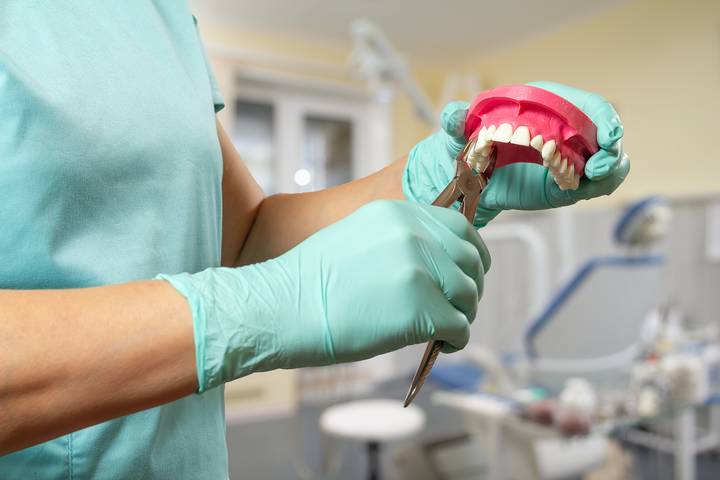
Dental or orthodontic pliers are another example of a dental clinic tool that patients can find scary. However, there is nothing to be worried about, as these pliers are not used to remove teeth.
Instead, they can, just like dental tweezers, be used to place and hold items in a patient’s oral cavity. Orthodontic pliers are also used to hold, shape, bend, contour, and cut wires and other materials.
7. Dental turbines
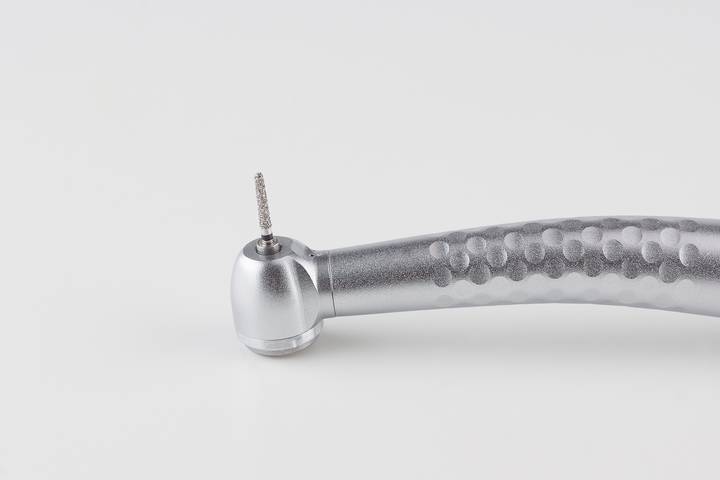
Some of the tools in a dental clinic require a compressed air supply. This is the case for dental turbines, rotary instruments used for many procedures.
Compressed air travels through a hose and hits a rotor’s blades, spinning the turbine at 400,000 rpm.
Dental turbines are used to remove tooth enamel and prosthetic materials.
8. Micromotors
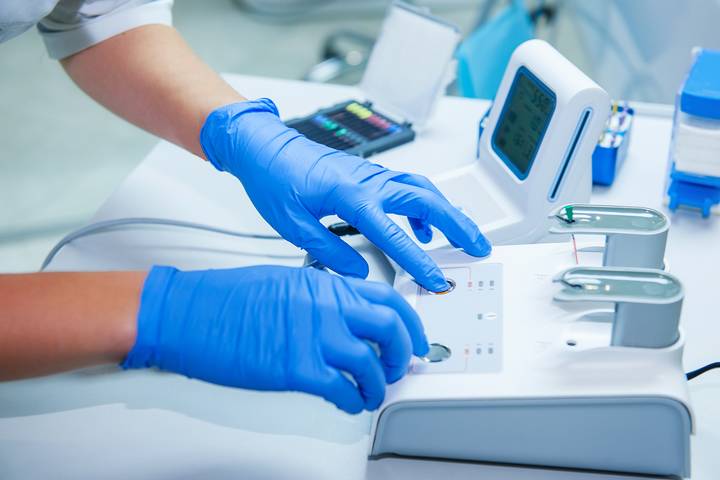
Micromotors are electric devices used for dental procedures during which low-speed handpieces are required.
Whenever constant speed and controlled torque are necessary, a dentist will use a straight or a contra-angle handpiece attached to a micromotor instead of a turbine.
9. Dental handpieces
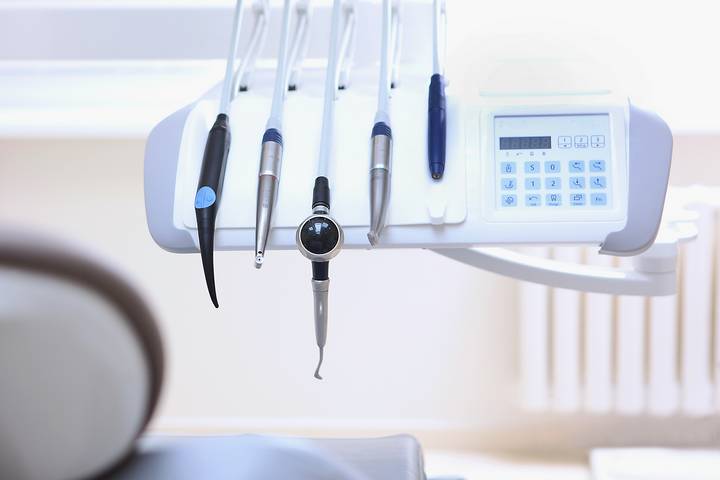
Handpieces are rotary tool elements that must be attached to a micromotor to function. They consist of a handle inside and an axis that transmits the low-speed rotation of the micromotor to a dental bur. Different types of burs can be connected to the head of a handpiece.
Handpieces can be used to polish and trim teeth, for example. Some models can feature an LED light or an external irrigation system.
10. Dental contra-angles
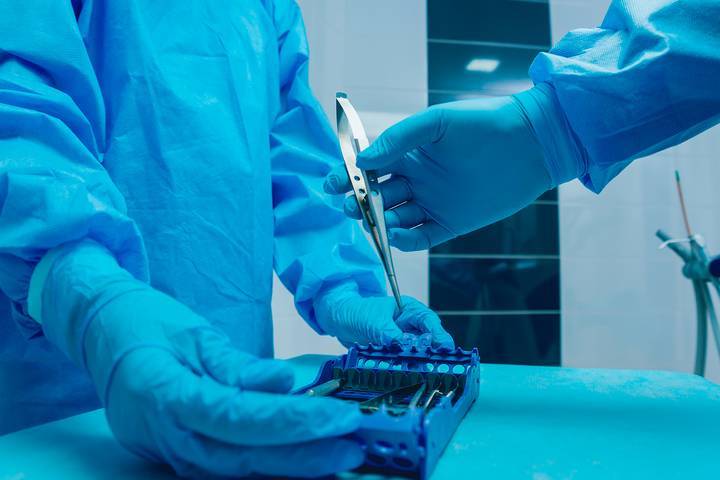
Contra angles are another type of handpiece that can be attached to a micromotor. They are similar to straight handpieces, but their handles feature a 45-degree angle, which makes it easier for the bur to access hard-to-reach places inside a patient’s oral cavity.
Contra angles can be used, among other things, for polishing teeth, removing fillings, and preparing cavities.
11. Saliva ejector
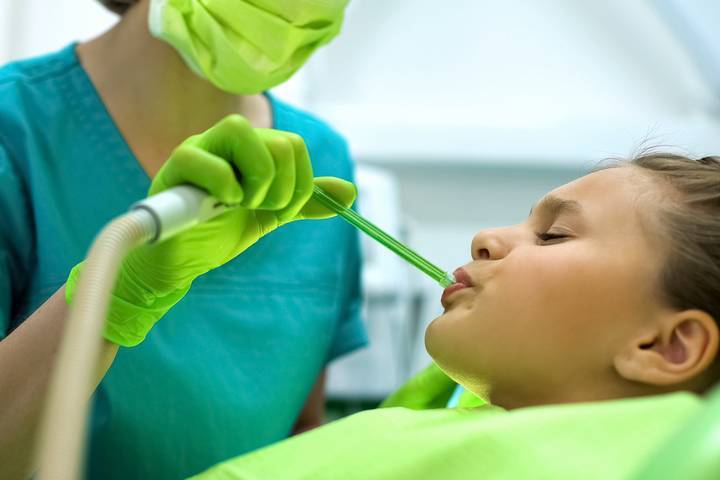
Finally, let’s mention the saliva ejector, a suction device often used by dentists. A saliva ejector is a small tube the dentist can place inside a patient’s mouth before a procedure, and it’s connected to a vacuum line.
As the dentist works, the suction device will clean their work area by safely removing saliva, blood, and other fluids.

